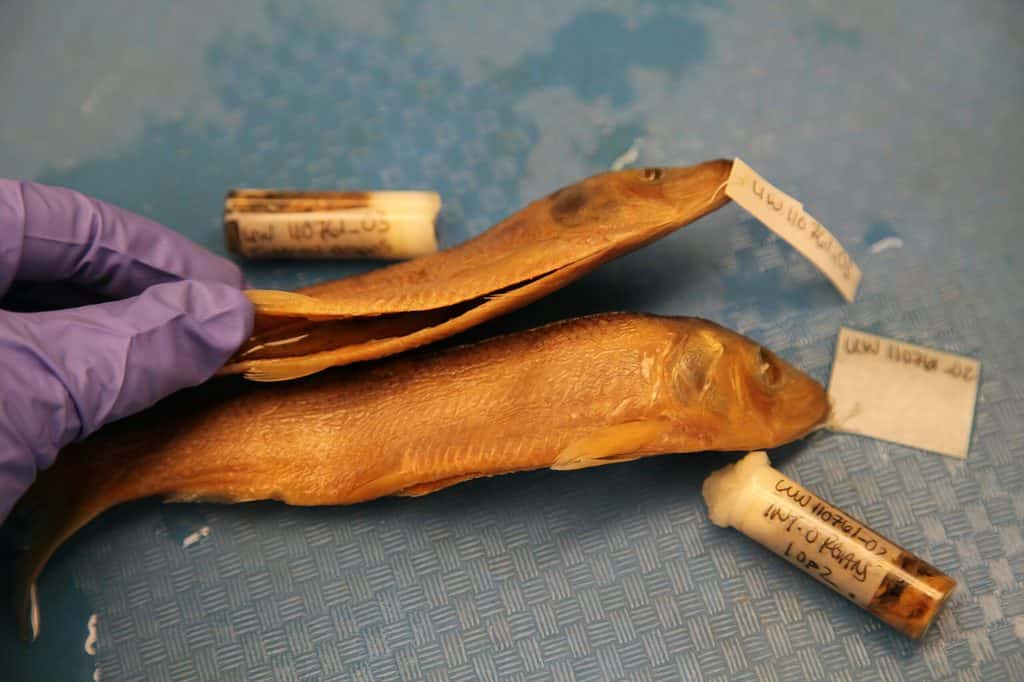It’s easy to think of parasites as gross, slimy, unwanted freeloaders; and in one sense, that’s exactly what they are. But another way to look at them is as parts of an ecosystem. Basically, biodiversity matters – even if the biodiversity in question is gross and slimy. Parasites have important roles to play in ecosystems, and losing them means losing the ecological functions they perform. As oceans are heating up, they’re having a devastating effect on parasites, and this problem was largely overlooked until now.

Researchers from the University of Washington found that fish parasites significantly dropped from 1880 to 2019, a 140-year period when Puget Sound (their area of research and the second largest estuary in mainland US) warmed significantly. This is the world’s largest and longest dataset of wildlife parasite abundance, and while it may sound like good news for some of the fish that have fewer parasites to worry about, it’s bad news for the ocean environment as a whole.
“We expected to see that some parasites had increased over time while others had declined. Instead, we found major, broad-scale declines that were closely associated with warming sea water temperatures. These declines were concentrated among those parasites with the most complex life cycles,” lead author Chelsea Wood told ZME Science.
Parasites and global warming
The study was among the first ones to use a new method for resurrecting information on parasite populations in the past.
While mammals and birds can be preserved with the aid of taxidermy, retaining parasites only on the skin, feathers, or fun, fish, reptile, and amphibians are preserved in fluid – maintaining the parasites living inside the animal.
The researchers focused on eight species of fish that are common in the collection of natural history museums. Most came from the UW Fish Collection at the Burke Museum of Natural History and Culture. The researchers sliced into the preserved specimens, identified and counted the parasites and then returned them to the museums.
“When a fish (or other vertebrate) is preserved in a jar of ethanol or formalin, its parasites are preserved right alongside. And natural history museums contain billions of jars of specimens stretching back decades,” Wood told ZME Science. “We’ve modified the traditional dissection protocol to reduce the external damage to the host specimen.”

In total, the researchers counted 17,529 parasites of 85 types from almost 700 fish specimens. They found arthropods, or animals with an exoskeleton, including crustaceans, as well as what Wood describes as “incredibly gorgeous tapeworms,” such as the Trypanorhyncha, whose heads are armed with hook-covered tentacles.
While some parasites have just one host species, many ‘travel’ between species and can have multiple hosts. For those who rely on three or more host species during their life, including over half the parasite species identified in the study, the results showed an 11% average decline per decade in abundance. Of the 10 parasite species that disappeared by 1980, nine relied on three or more hosts.
Wood told ZME Science they are limited in how much they can extrapolate the results across the world, considering the study focused on a single ecosystem. However, they are now working in the Gulf of Alaska, in the rivers of New Mexico and in the US Gulf South region. If future studies find similar conclusions, Wood predicts the future will be a lot less wormy — and a lot more difficult for marine creatures.
The study was published in the journal PNAS.






